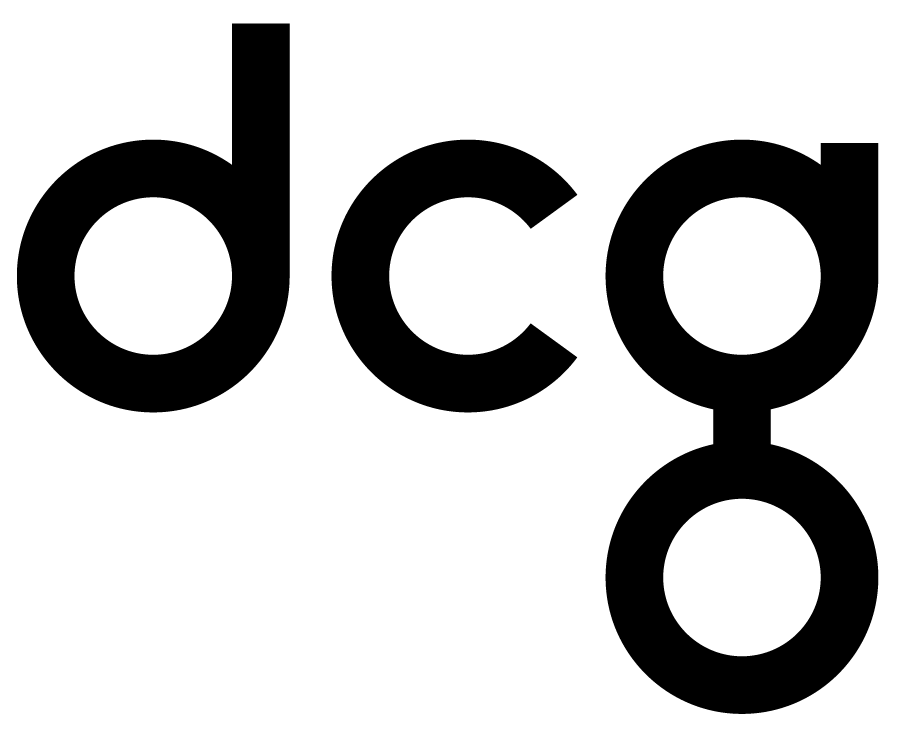
How to Manage Job Costs: Step-by-Step Guide
In this blog, we’re rolling up our sleeves and getting practical. If your cost management feels like chaos, it’s time to fix it. We’ll walk through the steps—from assessing your current systems to choosing tools that actually help—and show you how to train your team to use them. We’ll even share a real-world example of how one company turned things around with automation and predictive tracking.
How to Implement Job Cost Management in Your Business - Step-by-Step Guide
Assess Your Current System
If you don’t know where you are, you can't figure out where to go next. Start by looking at what you’re doing right now. Are your systems outdated or struggling to keep up with business demands? Is your job cost data current and easily accessible? This isn’t just a check-the-box exercise. You need a clear picture of your current processes and their limitations. Conduct a thorough audit of your tools and data flows to identify what’s working and what’s not. Ask yourself: Are we capturing the right data at the right time? Is our team empowered to make decisions based on this data? If you’re nodding your head “no” to these questions, it’s time to start making changes.
Choose the Right Tools
Now that you’ve mapped out where you stand, it’s time to find the tools that will streamline and enhance your cost management processes. Don’t fall for the bells and whistles of the most feature-rich solutions. Look for tools that integrate smoothly with what you already have. The goal here isn’t to buy the latest, shiniest software but to find a solution that fits your needs and scales with your business. Keep it simple and straightforward. If your team finds it too complicated, they won’t use it effectively. Choose something intuitive, something they’ll actually engage with. Remember, the best tool is the one your team will use to its full potential.
Train Your Team
Tools are only as good as the people using them. Training isn’t just about teaching your team how to click through a new interface; it’s about helping them understand the 'why' behind it all. Why does predictive data matter? Why is trend analysis important? When your team understands the reasons behind these new practices, they’re more likely to get on board. Foster a culture that values accurate, timely data and knows how to use it to make smart decisions. Training should be ongoing—think of it as an investment in your team’s ability to drive the company forward.
Start Small and Scale
Don’t try to reinvent the wheel across your whole business at once. Start with a pilot project—something manageable where you can test new practices and tools without overwhelming your team. This allows you to refine your approach and work out any kinks in a low-risk environment. Once you’ve nailed down what works, scale it up. Roll it out gradually across the organization, building on the foundation you’ve created. This way, you’re not just implementing a new system—you’re changing the way your team thinks about costs.
Avoid Common Pitfalls
Implementation is where many businesses stumble. The biggest mistake? Jumping straight into full-scale rollout without proper testing. This can lead to confusion, resistance, and ultimately, failure. Another common pitfall is not getting buy-in from key stakeholders. If your team isn’t on board, or if the leadership doesn’t see the value, your efforts will fall flat. Make sure everyone understands the benefits and is committed to the change. Communicate the 'why' clearly and consistently, and don’t be afraid to adjust your approach based on feedback.
Turning Strategy Into Success
By following these steps and steering clear of common pitfalls, your business can transition from disorganized, manual cost management to a streamlined, efficient system. But remember, job cost management is more than just implementing new tools—it’s adopting a mindset focused on data-driven decision-making, boosting profitability, and gaining a competitive edge.To illustrate how this approach works in practice, let’s look at a real-world example of how we helped a major industrial equipment supplier transform their job cost management with automation and predictive tracking.
Transforming Job Cost Management: A Success Story
ProblemWe partnered with a leading industrial equipment supplier to address inefficiencies in their job cost, bidding, and commission management processes. Their systems lacked formalized procedures, and much of their work was manual and inconsistent, leading to delays and potential errors. They relied on multiple spreadsheets for key tasks, including commission splitting, which was complex and time-consuming. The lack of process automation, standardization, and integrated tools hindered their ability to scale and manage large bids effectively. They needed a more flexible and automated system that could handle large volumes of data, improve accuracy, and speed up their operations.SolutionDCG partnered with the client to implement DCG Wholesale Cloud to automate and streamline their job cost management, specifically around bidding, proposal generation, and commission splitting.ApproachThe DCG team took a phased and consultative approach to solving the client's problems. We began by analyzing their existing processes, identifying inefficiencies, and proposing automated solutions where manual work was causing delays or inaccuracies. A key challenge was that the client had no standardized processes, and their staff "flew by the seat of their pants," as they admitted during the discovery phase.To address this, we implemented rigid process flows in Dynamics 365, requiring specific steps and information to be input before moving to the next phase in the job costing and proposal generation cycle. This included:
- Automating the bid process: Salespeople could quickly generate accurate, well-formatted proposals, including multiple versions for different bidders.
- Streamlining commission splitting: A complex and previously manual task that involved multiple spreadsheets was integrated into the system with automatic commission calculation based on preset templates.
- Flexibility in commission adjustments: While default values were set, sales staff retained the ability to adjust commission percentages based on actual contributions, ensuring accuracy and fairness.
ResultsThe transformation delivered substantial benefits to the client:
- Time savings: The new system reduced the time required to create a project and complete the commission splitting process from days to just 15 minutes—a tenfold improvement.
- Increased efficiency: Automating proposal generation and commission calculations drastically reduced manual errors and rework. Proposals could now be generated with a single button click, and commissions were automatically calculated for each line item in a bid.
- Improved employee satisfaction: With the new streamlined processes in place, the client's employees reported being happier and less stressed due to the more structured and efficient workflow.
- Financial gains: The client is now poised to make even more revenue due to the improved accuracy and speed of their job costing and bidding process, allowing them to pursue more opportunities with confidence.
By implementing this highly customized solution, DCG helped the client turn a disorganized, manual, and error-prone job cost management process into a fast, accurate, and scalable system. The project exceeded initial expectations and was classified as a resounding success.
Next Steps
To wrap up this blog, taking control of your job cost management takes a clear plan, the right tools, and a commitment to continuous improvement. By assessing your current systems, selecting solutions that integrate smoothly, and training your team effectively, you can build a solid cost management framework that empowers your business to thrive. The success story we shared shows just how powerful automation and futuristic monitoring can be for boosting efficiency and slashing costs.Ready to take the next step? Contact us to see how we can transform your approach to job cost management and keep your business ahead of the curve!Recommended Reading: From Reactive to Proactive: How Leaders Can Control Job Costs Effectively





